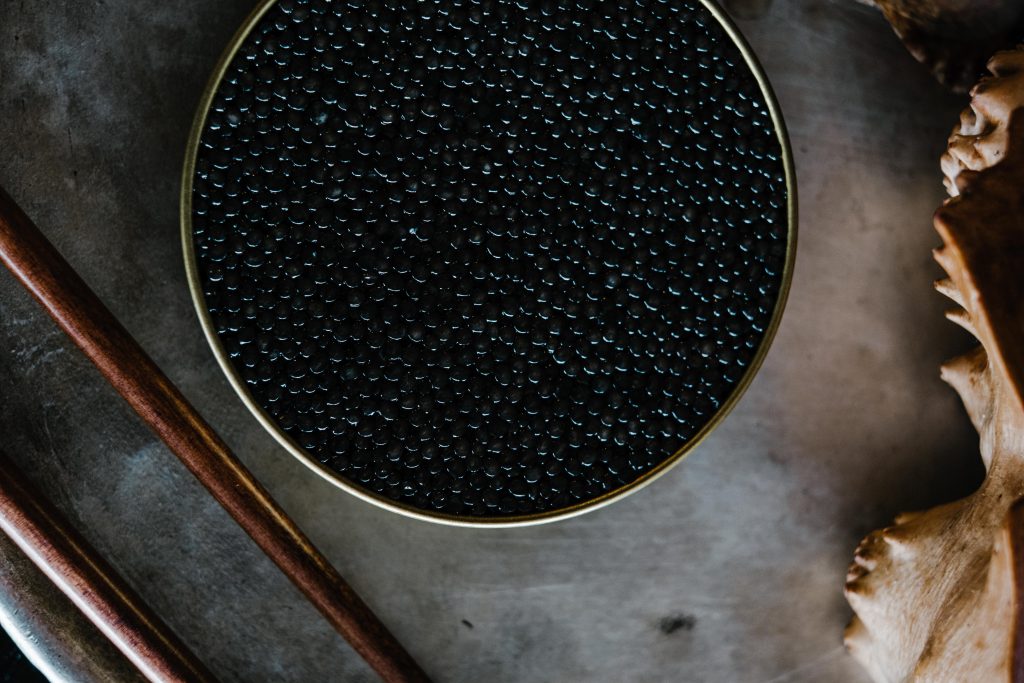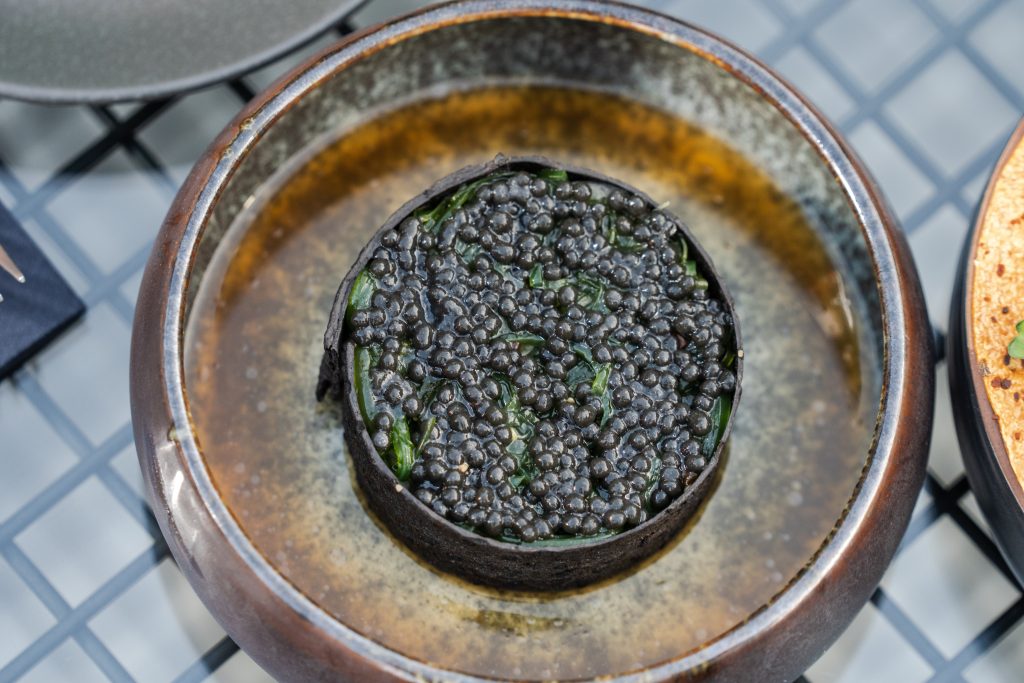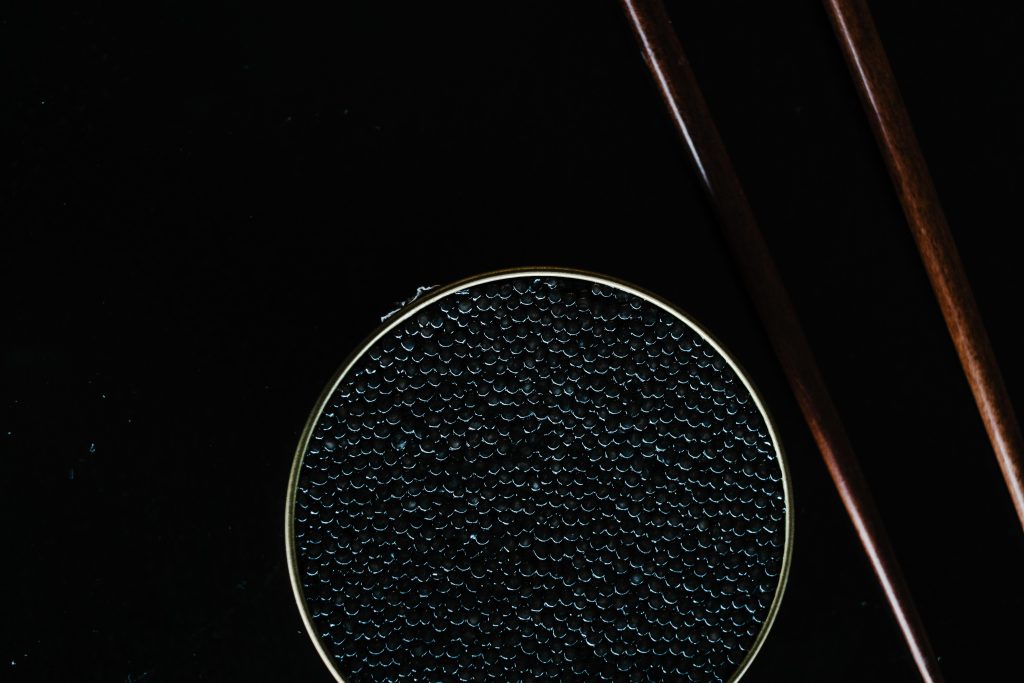Are you curious about caviar? Have you ever heard someone talking about it and wondered what this delicacy tastes like? Caviar is highly sought after the world over, but not many people have had the chance to experience its unique flavor. In this blog post, we’ll discuss what does caviar taste like and explore some of the ways it is prepared to bring out its best flavor. We’ll also investigate why it’s so expensive, as well as provide a few tips on how caviar can be served up in an unforgettable way at your next dinner party. Read on to learn more about one of the most iconic gourmet foods around.
Overview Of Caviar Nutrition
Caviar is known for its luxurious and decadent reputation, but it’s not just a status symbol. This delicacy also offers an impressive nutritional profile that makes it even more appealing. Caviar is rich in protein, omega-3 fatty acids, vitamins, and minerals such as iron and calcium. It’s also low in calories and contains zero carbohydrates, making it a great choice for those looking to watch their waistline.

Different Types Of Caviar
There are several types of caviar available on the market, each with its unique flavor profile. The most popular and expensive type is Beluga caviar, known for its large size and buttery taste. Other types include Osetra, Sevruga, and Sterlet caviar, each with their distinct characteristics. The type of fish that produces the caviar, as well as the processing method, can greatly affect its taste and texture.
What Does Caviar Taste Like?
Caviar typically exhibits a delicate balance of subtle saltiness, accompanied by a gentle hint of the ocean. The taste can be described as mild and fresh, delivering an unexpected richness akin to butter, which truly delights the palate.
The Unique Taste Of Each Type Of Caviar
See more : Does Mug Root Beer Have Caffeine? | Benefits Of Mug Root Beer
Each type of caviar offers a unique taste. For example, Osetra caviar presents a delightful blend of nutty and fruity flavors, making it an excellent choice for connoisseurs seeking complexity. On the other hand, Sevruga caviar boasts a bold and briny flavor, perfect for those who appreciate more pronounced tastes.
Beluga Caviar
Beluga caviar, the most expensive type of caviar, is famous for its large-sized eggs and creamy texture. Its flavor profile is unique, with a buttery taste that truly melts in your mouth. It’s often described as having a milder and less salty taste compared to other types of caviar.
Ossetra Caviar
Ossetra caviar, also known as Russian sturgeon caviar, is prized for its nutty and fruity taste. It’s characterized by medium to large-sized eggs with a pronounced creamy texture that bursts with flavor in your mouth.
Kaluga Caviar
Kaluga caviar, also known as River Beluga, is similar to Beluga caviar in size and appearance. It boasts a rich buttery taste, but with slightly less salinity compared to its more expensive counterpart. It’s also considered a more sustainable alternative to Beluga caviar.
Sterlet Caviar
Sterlet caviar, produced from the smallest sturgeon species, is known for its delicate and mild flavor. It’s often compared to Sevruga caviar in terms of taste, but with smaller eggs and a softer texture.
Sevruga Caviar
See more : What Are Bubbles In Bubble Tea? Helpful Advices And Methods
Sevruga caviar is known for its bold and briny taste, perfect for those who prefer stronger flavors. It has small to medium-sized eggs with a slightly firmer texture compared to other types of caviar.

Why Does Some Caviar Taste Different Than Others?
The taste of caviar can vary significantly due to several factors, including the species of sturgeon, the origin, the quality of water, the diet, and the age. This variation makes buttery and nutty flavors, like Osetra and Sevruga Caviar, highly regarded.
How Does The Taste Of Caviar Differ By Color?
The taste of caviar varies based on its color. Traditional black caviar, while delectable on its own, pairs well with foods such as eggs, potatoes, and bread. Red caviar, like salmon roe or tobiko, generally has a slightly fishy and salty flavor. Salmon caviar is often spread over lightly buttered toast, unsalted crackers, and blini.

Tips On Trying The Taste Of Caviar For Yourself
Here are a few tips to help you experience the unique taste of caviar for yourself:
- Start with a small amount: Caviar is an acquired taste, so it’s best to start with a small serving size and work your way up.
- Try different types: As mentioned earlier, each type of caviar offers a distinct taste. Experimenting with different types can help you find your favorite.
- Pair it with the right foods: Caviar pairs well with traditional accompaniments such as blinis, toast points, and crème fraîche. However, don’t be afraid to get creative and experiment with other flavors and textures.
In conclusion, caviar is a delicacy that offers a unique taste experience. Its flavor profile can vary greatly depending on the type, making it a highly sought after and expensive gourmet food. With a little knowledge and experimentation, you too can indulge in this luxurious treat and discover your favorite caviar taste.

Ronald B Gamrot is the owner of Silverking Brewery, one of the most successful craft breweries in North America. He started the business from scratch in his garage, and it has since grown into a multimillion-dollar operation. Ronald is passionate about brewing delicious beer and providing top-notch customer service. He is a respected member of the brewing community and often speaks at industry events.








Salty, but not just plain salt, it tastes like the ocean. Also the eggs are crunchy and pop when you bite down on them, I was NOT expecting that, I thought they’d be like little jelly balls.
Like slightly sweet, slightly salty. Sometimes creamy, fatty and nutty. Most folks are familiar with tobiko which is flying fish roe but caviar such as from sturgeon can be extremely creamy and packed with fat and protein. Then there’s salmon caviar which is mostly sweet and savory.
I have no personal experience but I assume it tastes like chicken. Everything thing tastes like chicken. Rattlesnakes, alligator, people.
Does it really taste like that? Thank you
Thank you for sharing this information.
Thank you for sharing this information.